The 8502-BI-DP Bus Interface Module (BIM) provides the communications link between the 8000 series I/O modules and a Profibus-DP host. Its high speed acquisition of data from the modules and LAN operation speeds of up to 6 Mbaud allows the host to respond rapidly to conditions in the control process. The BIM gathers the data from the I/O modules and makes it available to the host upon request. It is a slave to the Profibus master. As well as cyclic data exchange, which is required for reading input and writing output data, the BIM supports Profibus Extended Diagnostics for status information. It also supports a number of special features which have been implemented to allow high integrity system operation and in-situ maintenance.
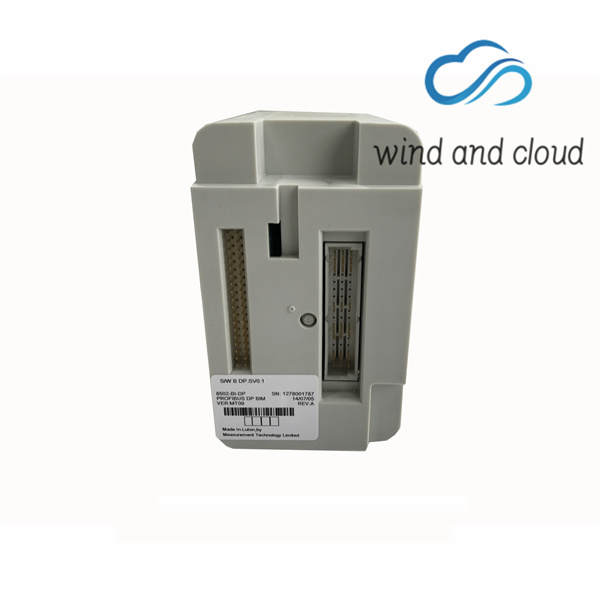
The 8502 supports parameterisation from the Profibus master. This configures on a “per module” basis, i.e. all the channels on a single module carry the same configuration. The configuration is created in a Profibus configurator using details provided in a GSD file. This method is fast and enables a configuration to be built based upon “logical” modules which represent the physical modules. Modules are added one at a time to the configuration and parameters are chosen to apply to all the channels of the module. Logical modules can be selected to provide HART status and process variables in the Profibus-DP cyclic input telegram. In addition, for applications where access to many HART variables is required, the HART “mailbox” can be used. This technique collects HART variable as they are required; saving space in telegrams that are sometimes overworked with data. This method is available only when using parameterisation. The configuration is passed down from the Profibus master to the BIM at the start of the session. If the system is stopped and re-started, the configuration file is re-transmitted to the BIM.
The alternative to parameterisation is the use of the 8455-SW-CF configuration software. This enables the user to configure individual channels and alarms and store the configuration in the BIM. The configuration can also be saved to the 8510-MO-NS Node Services Module for instant recovery if a BIM has to be replaced. Configuration by this method uses a different GSD file to the one used for parameterisation and the data frame is based on “data blocks” rather than on a “by module” approach. The 8455 software automatically provides a map of the data created in the telegram to enable host programmers to identify the data passed. HART status and process variables can be communicated to the Profibus-DP host in the cyclic input telegram. I/O & HART data requires space in the DP data frame as shown in the table below.
The Profibus BIM supports both Standard and Extended Diagnostics. While the Standard Diagnostics provide standard PROFIBUS status information, the Extended Diagnostics provide detailed information relating to the status of the BIM, the health of the modules and the status of I/O channels. Depending on the I/O module type, events such as high and low alarm, open circuit and line fault are detected. Extended Diagnostic messages are generated on detection of an anomaly and also when it is cleared. Use of the diagnostic capability requires suitable support in the host application. For hosts unable to use diagnostic data in the control algorithm, it is possible to map the diagnostic data into the input dataframe.

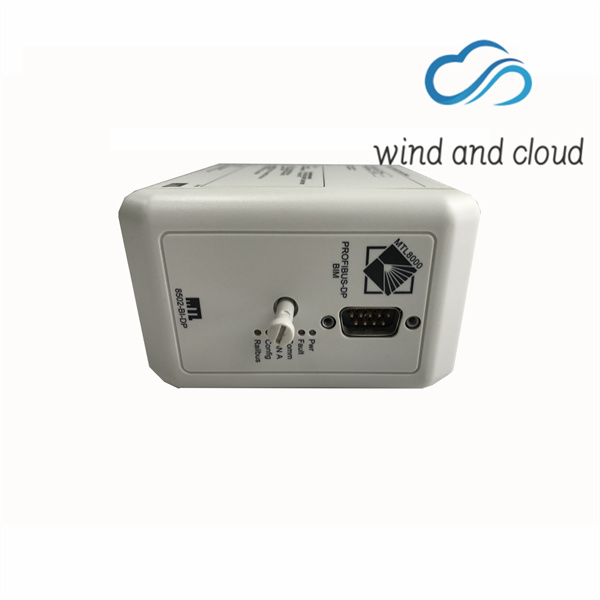
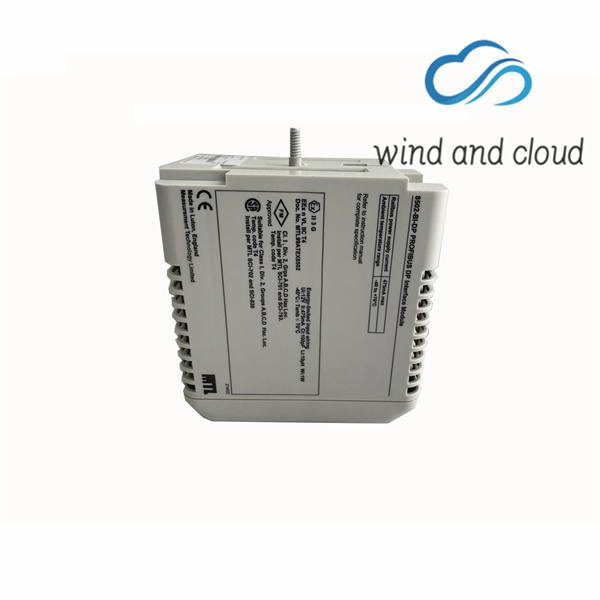
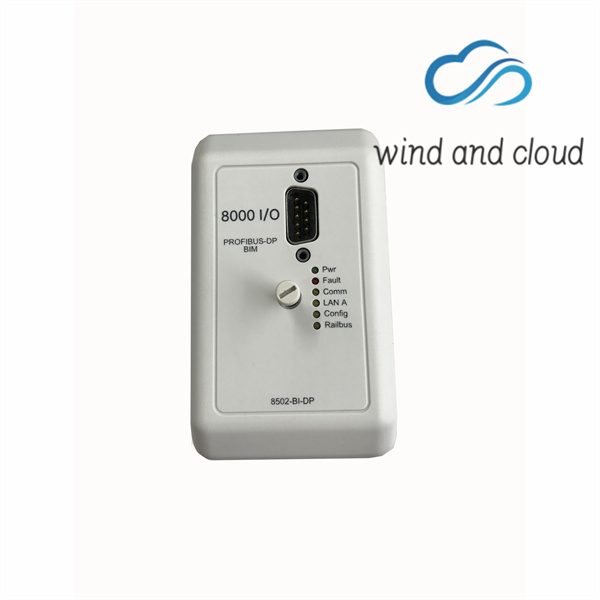
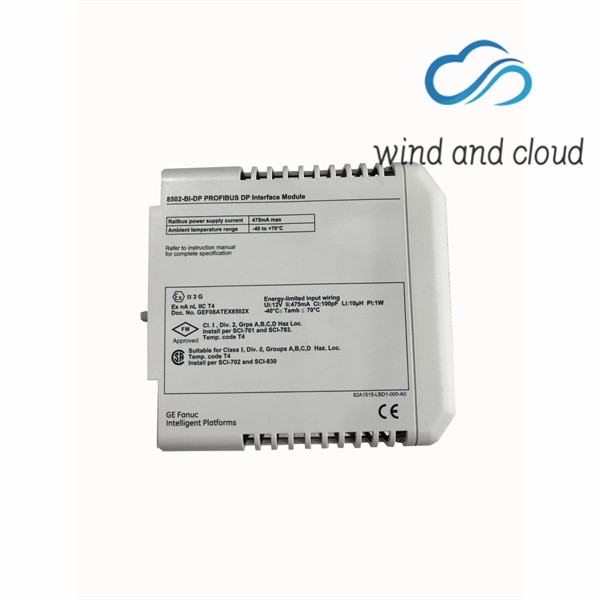
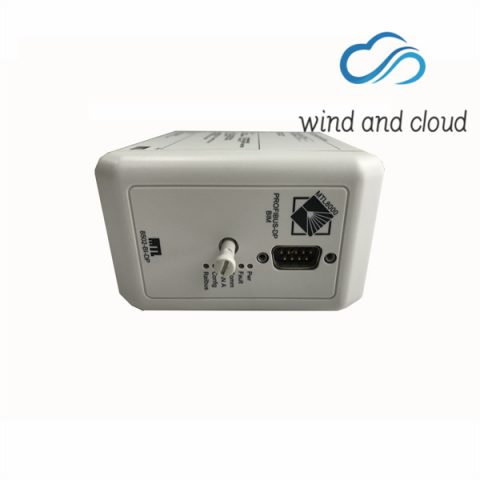
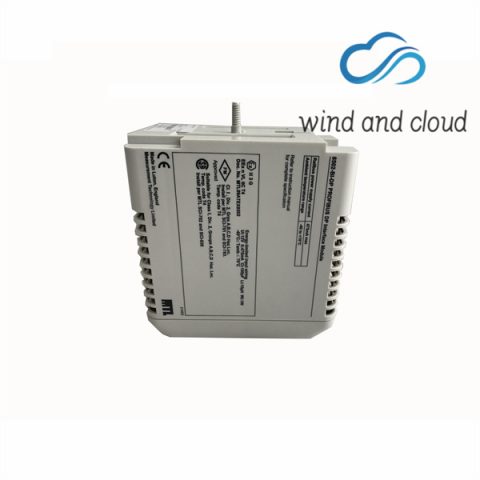
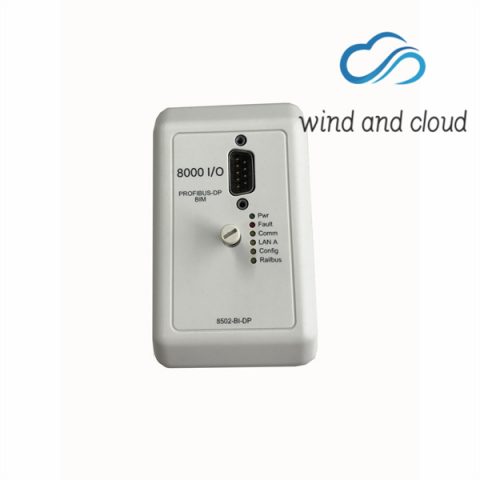
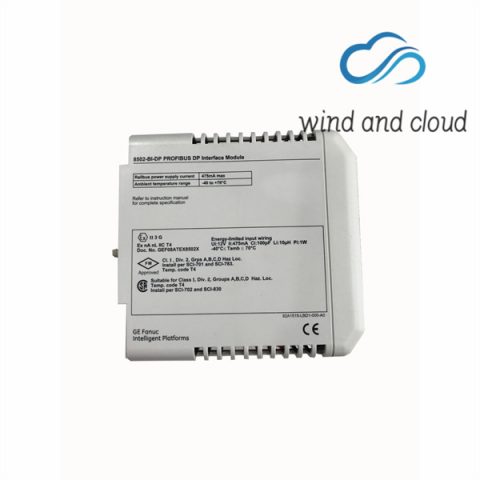
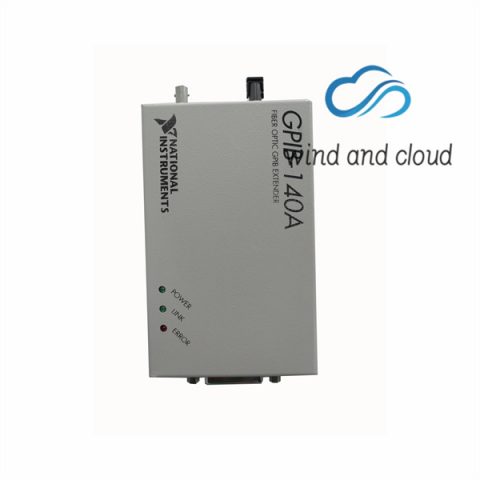
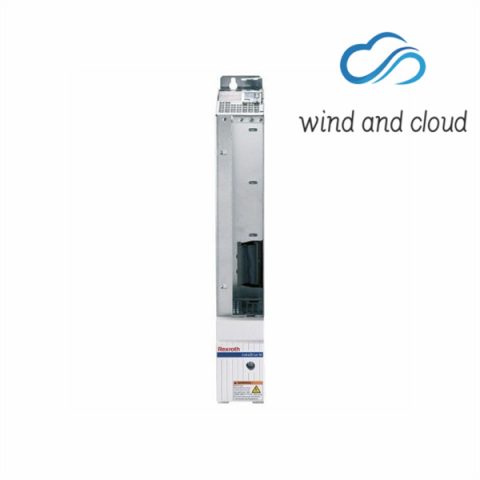
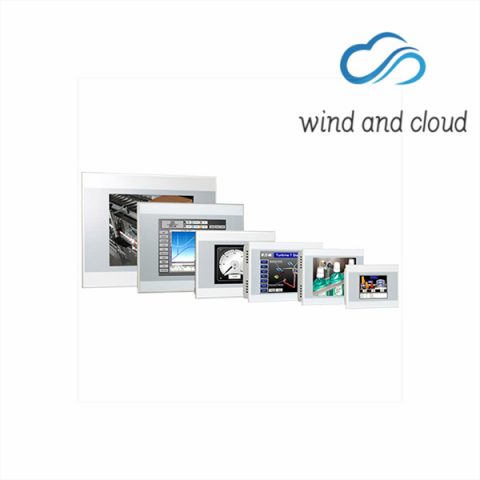
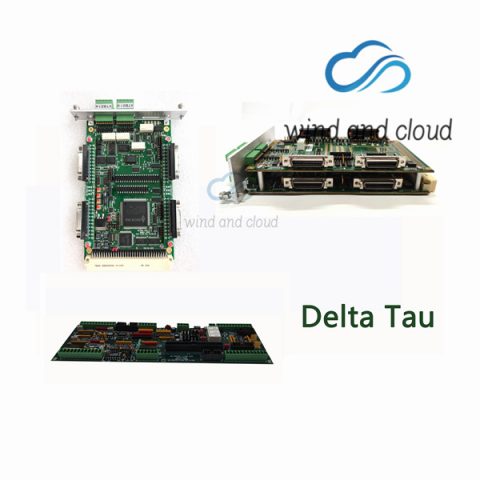
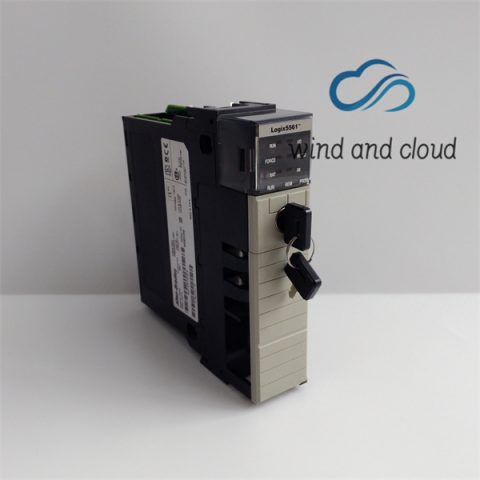
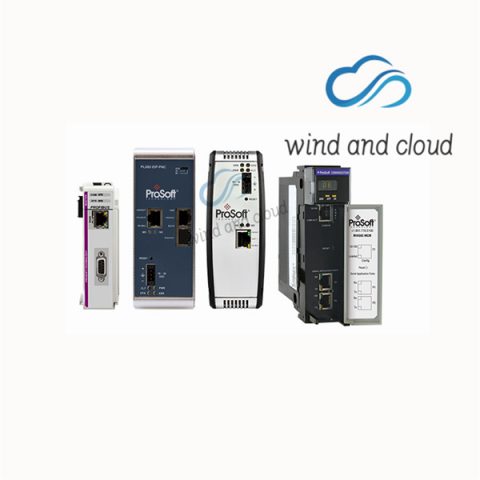
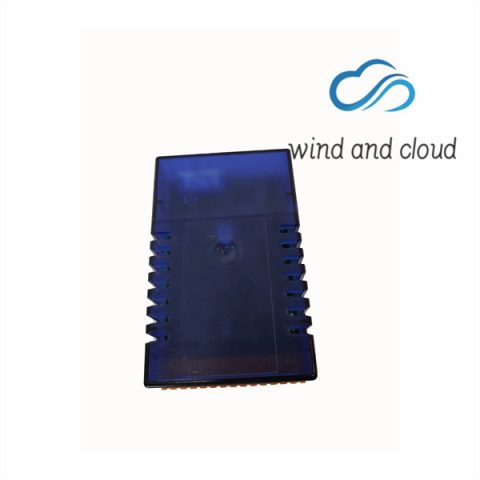
There are no reviews yet.